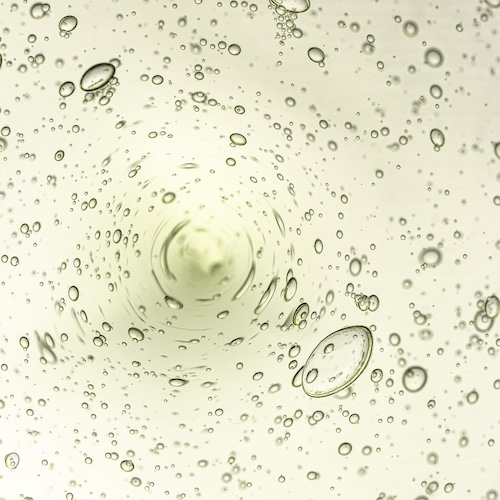In a previous article, I explained how hyaluronic acid, the natural lubricant of the fascia, can become viscous and hinder the movement of this structure composed of collagen membranes.
Many of you have asked me: how can we improve the fluidity of hyaluronic acid? To answer this question, it is essential to understand the properties of this acid.
Hyaluronic acid is a long, chain-like molecule. Its viscosity, that is, its resistance to flow, increases with its length and concentration. This concentration increases under the effect of pressure, overuse, or tension.
The production and renewal cycle of hyaluronic acid is rapid: one-third is replaced daily in our bodies. Exercise promotes this cycle. However, the accumulation of lactic acid after intense exertion can increase acidity and, consequently, the viscosity of hyaluronic acid. Conversely, inactivity impairs the recycling of hyaluronic acid, which also leads to an increase in its viscosity.
Temperature also plays a role: the viscosity of hyaluronic acid decreases when the temperature exceeds 40°C (104°F).
Considering these factors, it is wise to opt for:
- Moderate exercise: regular and adapted physical activity promotes the renewal of hyaluronic acid without causing an accumulation of lactic acid.
- Heat: a hot bath, for example, can help reduce the viscosity of hyaluronic acid by increasing body temperature.
It is important to note that recommendations regarding physical activity in cases of lower back pain have evolved.
While rest was previously recommended, current guidelines emphasize maintaining moderate physical activity to promote mobility and reduce pain.
Manual therapies such as massage can also help improve the fluidity of hyaluronic acid by warming it and reducing its acidity.
In summary, a combination of moderate exercise, heat, and manual therapies can help optimize the fluidity of hyaluronic acid, thereby promoting mobility and reducing pain associated with a stiff fascia.
*4 Pratt RL (2021) Hyaluronan and the Fascial Frontier. International Journal of Molecular Sciences 22:6845
*5 1 Kodama Y, et al (2023) Response to Mechanical Properties and Physiological Challenges of Fascia: Diagnosis and Rehabilitative Therapeutic Intervention for Myofascial System Disorders. Bioengineering (Basel) 10:474
*6 Comachio J, et al (2024) Clinical guidelines are silent on the recommendation of physical activity and exercise therapy for low back pain: A systematic review. Journal of Science and Medicine in Sport 27:257-265

